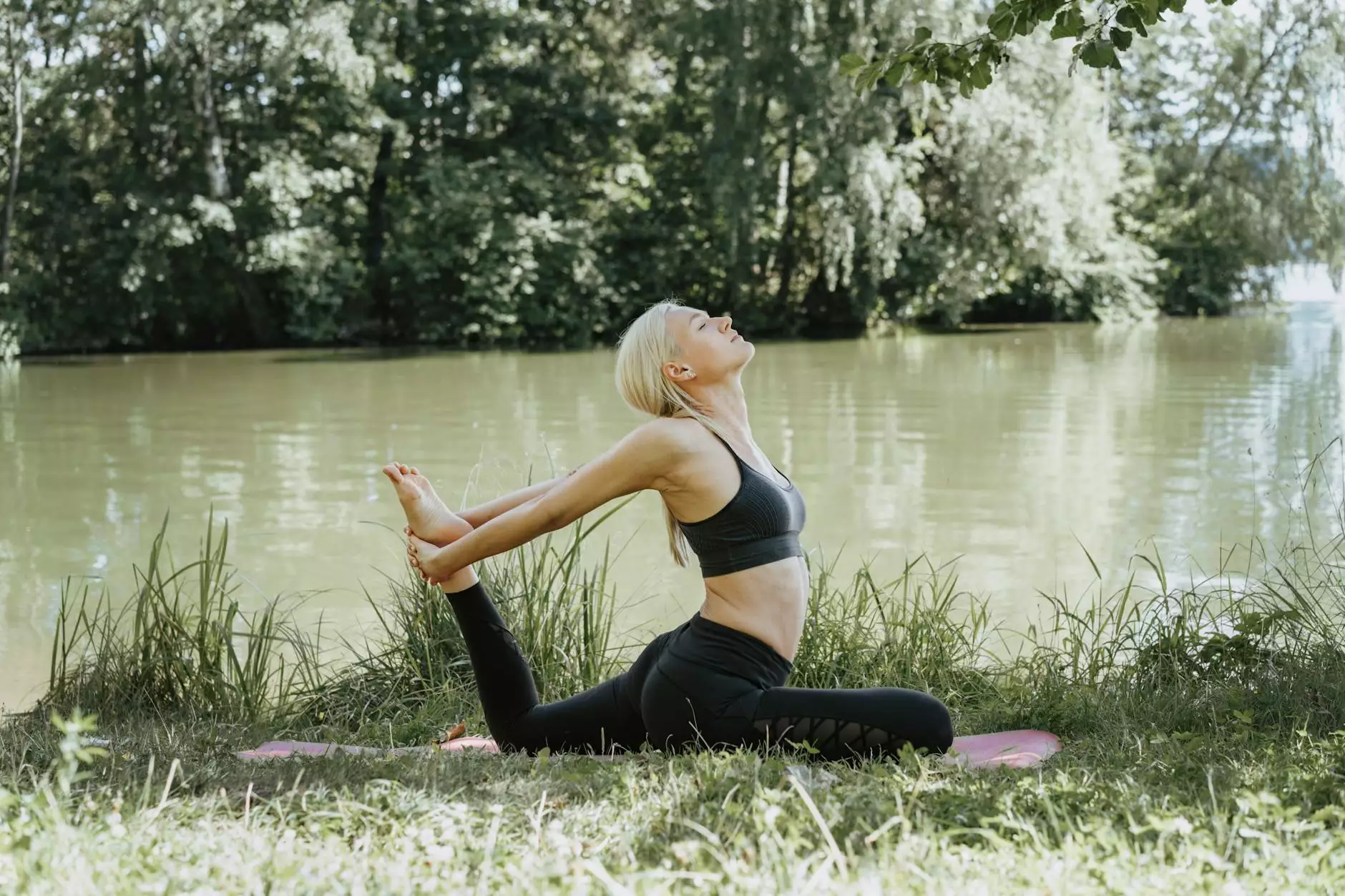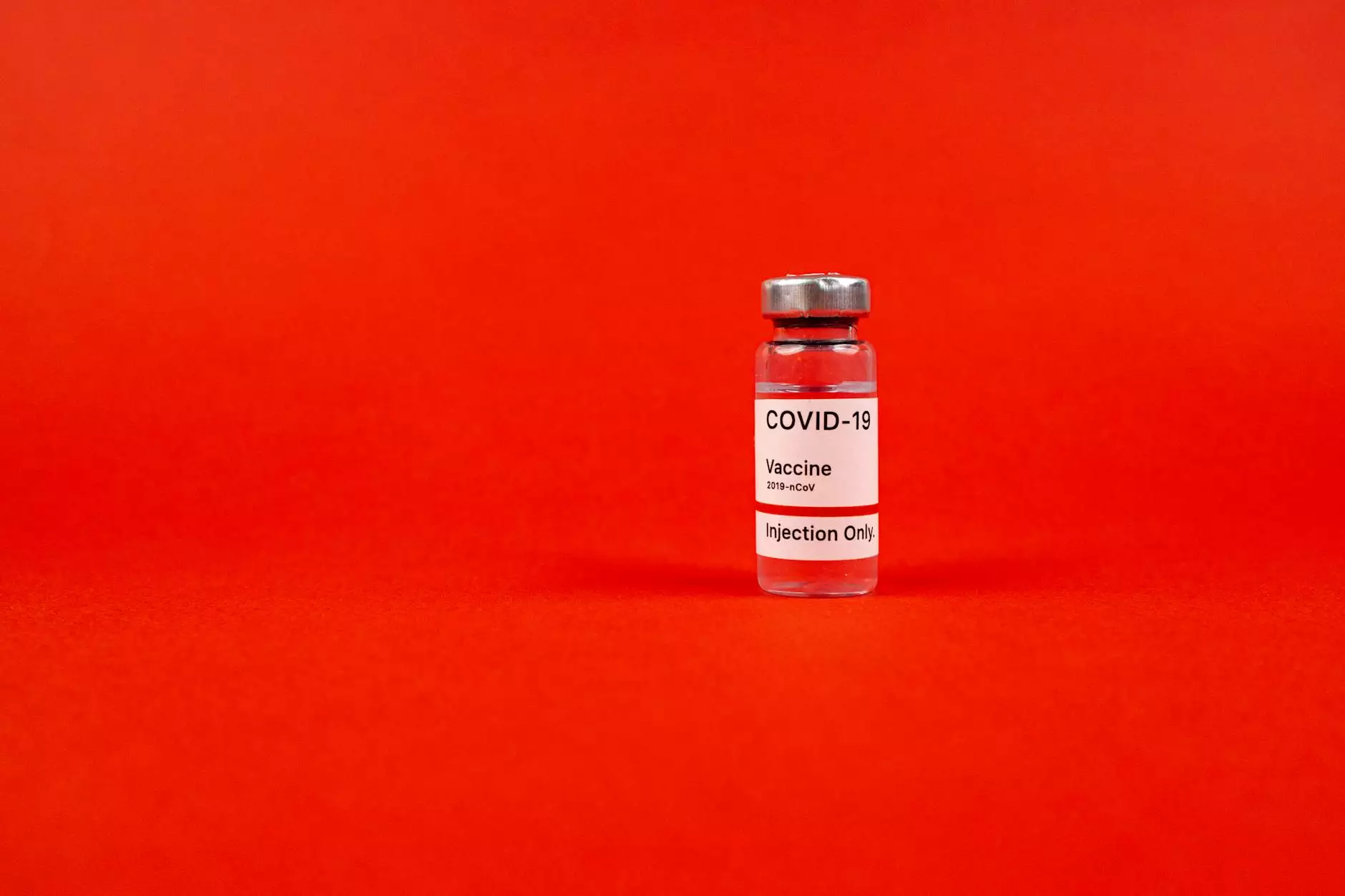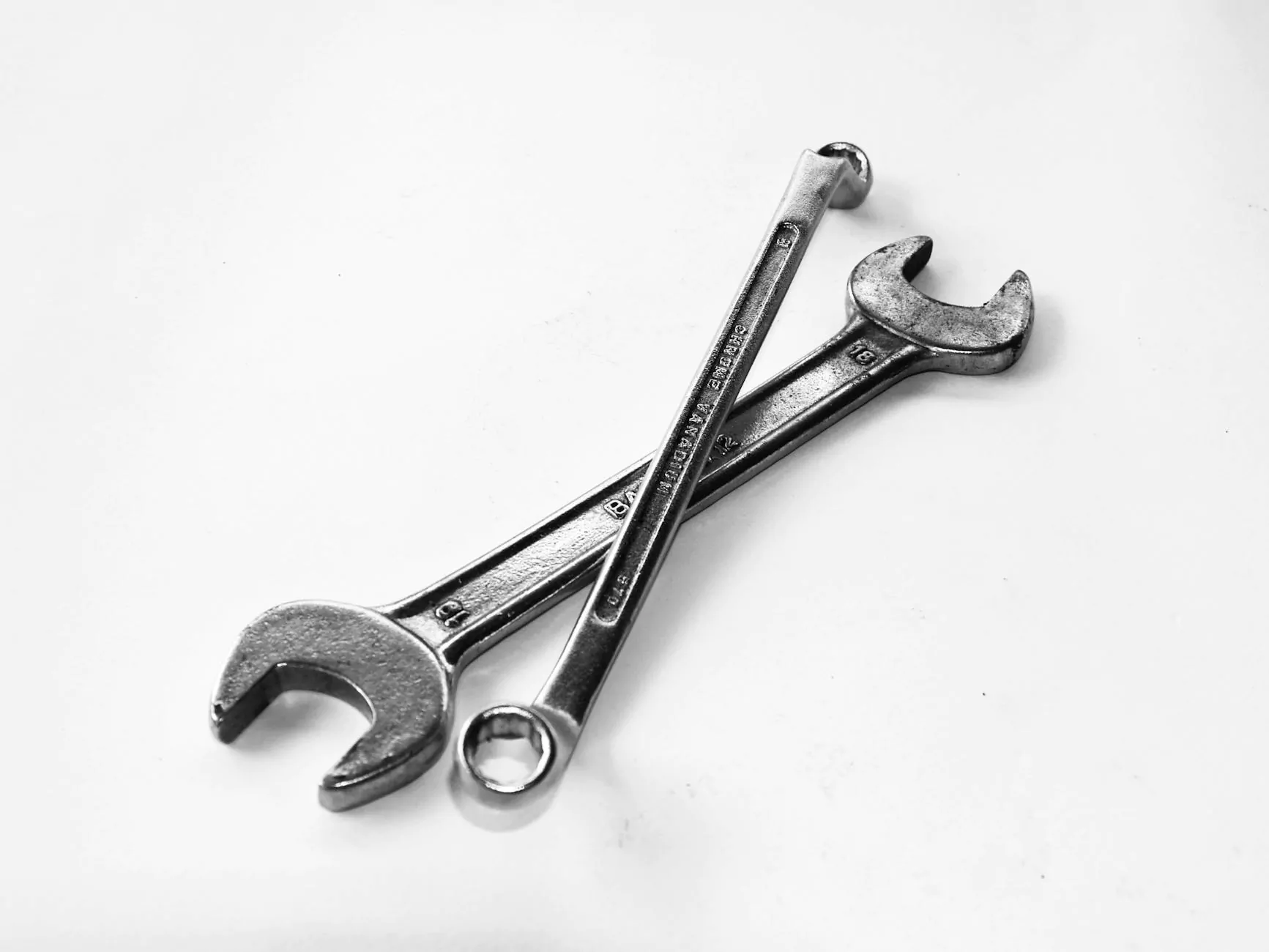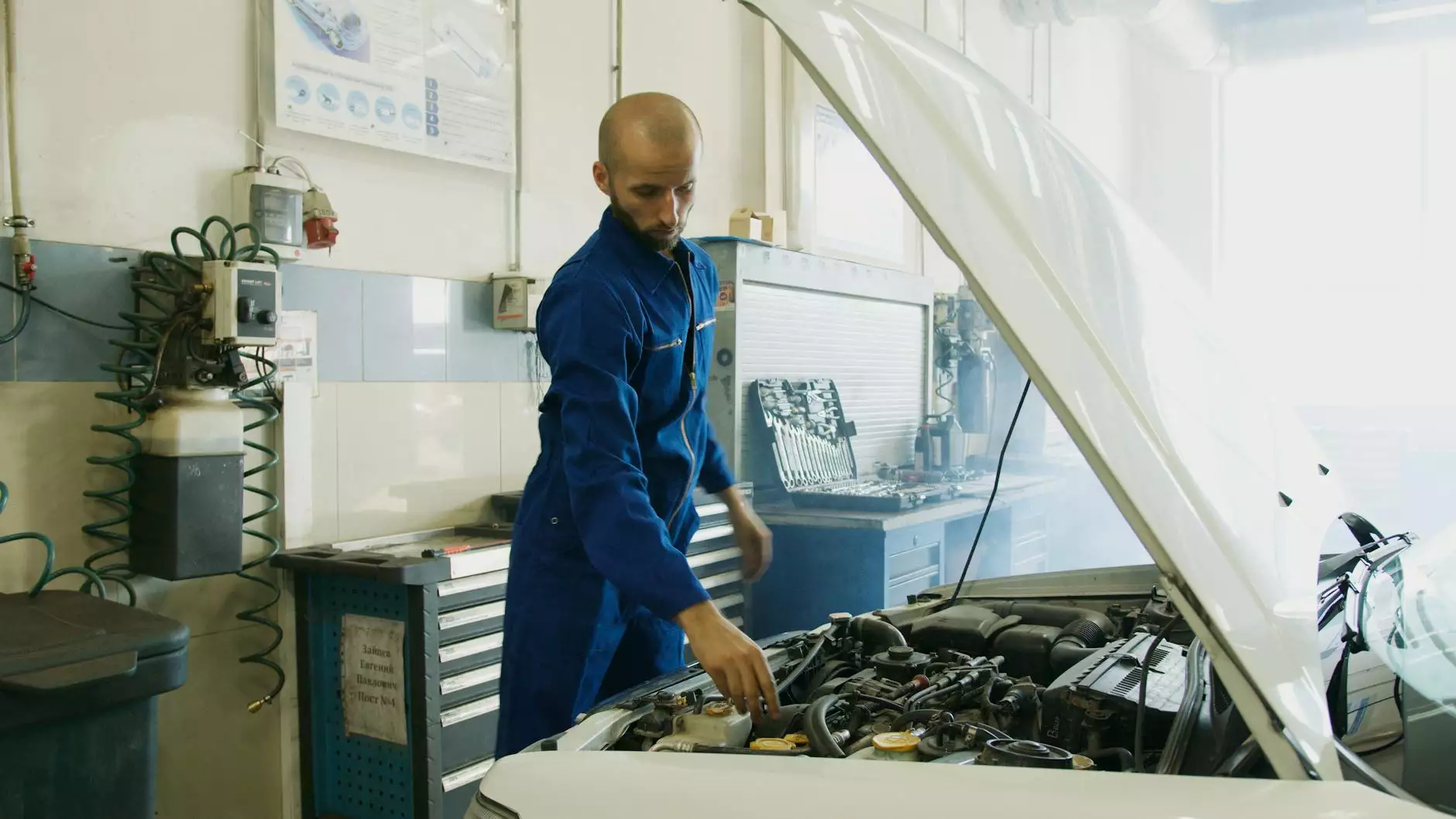Understanding the Importance of Postnatal Pilates for Diastasis Recti Recovery

Postnatal pilates has garnered immense attention in recent years, particularly for its effectiveness in addressing diastasis recti—a condition that affects many new mothers. Diastasis recti is characterized by the separation of the abdominal muscles during pregnancy, which can lead to various issues if not addressed properly. This article aims to provide a detailed exploration of how postnatal pilates can facilitate recovery from diastasis recti, its benefits, and some effective exercises that can be incorporated into your routine.
What is Diastasis Recti?
Diastasis recti occurs when the rectus abdominis muscles—the "six-pack" muscles—separate along the midline of the abdomen due to the stretching of connective tissue during pregnancy. This condition can lead to various symptoms, including:
- Visible bulging or doming of the abdomen, particularly when straining or in an upright position.
- Lower back pain due to weakened core support.
- Difficulty with everyday movements, such as bending or lifting.
- Gastrointestinal issues, such as bloating or constipation.
- Pelvic floor problems, including incontinence.
Understanding the challenges posed by diastasis recti is crucial for any new mother, and recognizing the need for effective rehabilitation is the first step towards recovery.
The Role of Postnatal Pilates in Recovery
Postnatal pilates focuses on strengthening the core and pelvic floor, which are essential for recovery from diastasis recti. The targeted exercises help to:
- Reintegrate and strengthen the abdominal muscles.
- Improve posture and alignment.
- Enhance pelvic stability and support.
- Increase overall mobility and functionality in daily activities.
- Facilitate a deeper mind-body connection, essential for a holistic recovery approach.
By engaging in postnatal pilates, mothers can work towards healing their bodies safely and effectively, minimizing the long-term effects of diastasis recti.
Benefits of Postnatal Pilates
The practice of postnatal pilates provides numerous benefits, particularly for those experiencing diastasis recti. These benefits include:
1. Strengthening the Core
Core strength is vital for overall stability and function. Pilates exercises are designed to target the deep abdominal muscles, promoting better control and support around the midsection.
2. Improved Posture
Many new mothers experience postural imbalances due to the physical demands of caring for a newborn. Pilates encourages awareness of body alignment, helping to combat slouching and improve posture.
3. Pain Reduction
Engaging in gentle movement through pilates can alleviate common aches and pains associated with diastasis recti, including lower back pain. By strengthening the supporting muscles, discomfort can be significantly reduced.
4. Enhanced Body Awareness
Mothers often struggle with their body image postpartum. Pilates fosters a sense of awareness and connection with one’s body, encouraging positive feelings towards physical changes.
5. Safe Return to Fitness
For those looking to return to a regular exercise routine, postnatal pilates provides a safe entry point. It prepares the body for more intense exercise while ensuring that it is adequately supported.
Starting Your Postnatal Pilates Journey
When beginning postnatal pilates, it is essential to approach your practice with care and awareness. Here are some tips to ensure a safe start:
Consult with a Professional
Before embarking on any fitness regimen postpartum, especially if faced with diastasis recti, it is crucial to consult with a healthcare provider or a certified pilates instructor who specializes in postnatal recovery. They can assess your condition and guide you in choosing appropriate exercises.
Focus on the Breath
Breath control is a significant aspect of pilates. Learning to coordinate your breath with movement can enhance the effectiveness of each exercise and promote relaxation.
Start Slow
Commit to gentle movements initially. It’s essential to allow your body time to heal and adapt before progressing to more challenging exercises.
Be Mindful of Your Body
Listen to your body. If any exercise causes pain or discomfort, stop immediately and reassess. Your postpartum recovery journey is personal, and it’s essential to prioritize your well-being.
Effective Postnatal Pilates Exercises for Diastasis Recti
Incorporating specific postnatal pilates exercises can significantly aid in the recovery from diastasis recti. Below are some effective exercises that are safe and beneficial:
1. Pelvic Tilts
This foundational exercise helps to engage the core and pelvic floor while promoting spinal mobility. To perform a pelvic tilt:
- Lie on your back with your knees bent and feet flat on the floor.
- Inhale to prepare, then exhale while gently tilting your pelvis upward, flattening the lower back into the mat.
- Hold for a few seconds, then release back to the starting position.
2. Modified Plank
The modified plank is excellent for strengthening the core while minimizing strain. To execute this exercise:
- Start on your hands and knees, wrists aligned under shoulders and knees under hips.
- Engage your core and slowly extend one leg back while keeping your hips level.
- Hold for a few seconds, then alternate legs.
3. Cat-Cow Stretch
This stretch promotes spinal flexibility and engages the core gently. To perform the cat-cow stretch:
- Start on all fours with your hands under your shoulders and knees under your hips.
- Inhale as you arch your back, looking up (cow position), and exhale as you round your spine (cat position).
- Repeat for several breaths, focusing on movement fluidity.
4. Heel Slides
Heel slides help to activate the deep abdominal muscles. Here’s how to do them:
- Lie on your back with knees bent, feet flat on the floor.
- Inhale to prepare, then exhale as you slide one heel away from the body, extending the leg.
- Engage your core as you return to the starting position, and alternate legs.
5. Seated Leg Lifts
This exercise strengthens the lower abs while being gentle on the body. To execute it:
- Sit upright with your knees bent and feet flat on the floor.
- Place your hands behind you for support, engage your core, and lift one leg off the ground while keeping the knee bent.
- Lower your leg back down and repeat with the other side.
Conclusion
In conclusion, postnatal pilates is a powerful tool for women navigating the physical changes that come with motherhood, particularly when it comes to diastasis recti. Through a mindful approach and targeted exercises, mothers can reclaim their strength, enhance their body awareness, and set the foundation for a healthier lifestyle moving forward. As always, it is advisable to work with a healthcare professional or certified instructor in beginning any new exercise regimen to ensure safety and effectiveness. Remember, the journey of recovery is unique to each individual, and taking the time to care for your body is essential to your well-being.
postnatal pilates diastasis recti








